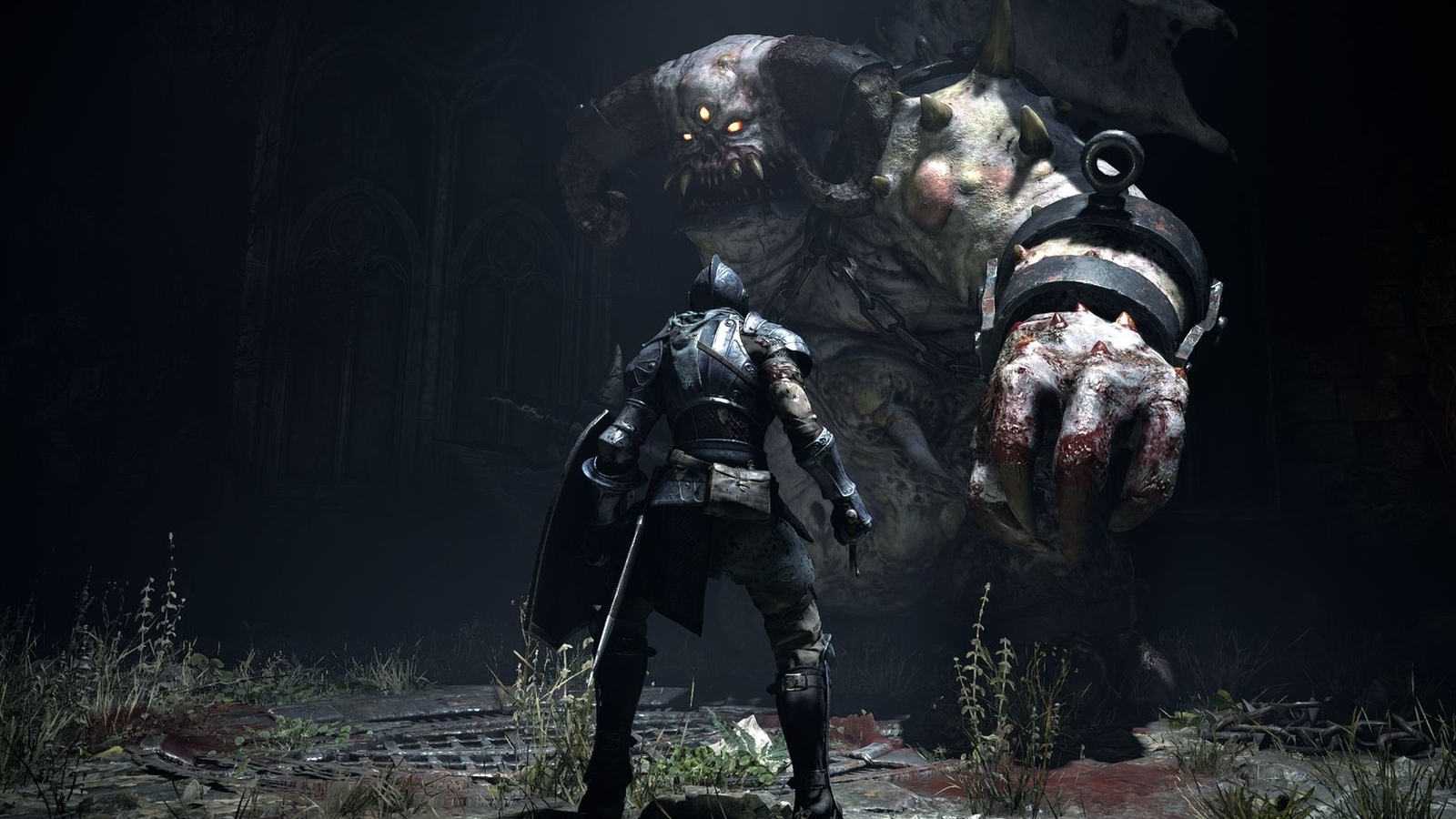Reviving a Classic: The Remake of Demon's Souls
Tasked with reviving their own Old One, the team behind acclaimed remakes like Shadow of the Colossus faces their most daunting task yet: updating the original game in a series that defined a whole genre to meet modern standards. Fortunately, they aced it. You see, Bluepoint reveres Demon’s Souls just as much as its fans do, especially when it comes to crafting experiences that captivate gamers seeking to buy cheap PS5 games. They've kept the original game's code—the very language that powered its release on the PS3—completely intact beneath the new visuals and polish. The game plays exactly as it always did, retaining its essence, but now it looks, runs, and sounds better than ever. Even when the team added new animations, like those for Death Blows, they painstakingly ensured they lasted the same number of frames as the originals. Unlike the intricate, seamless world of Dark Souls, Demon’s Souls featured separate levels with their own smaller loops and shortcuts. However, many of Demon’s Souls' technical issues have been resolved in the remake. Remember how the camera used to get stuck on level geometry, leaving you vulnerable to attacks? Well, that’s a thing of the past. Paired with the exceptional audio design, it engulfs you in the game world, from the mournful melodies in the Prison of Hope to the distant sounds of suffering and the eerie ringing of a mind flayer’s bell.

Preserving the Essence: Demon's Souls Remake on PS5
When playing in Performance Mode, the game maintains a steady 60 frames per second, with no noticeable lag. Pulling off parries feels smoother, and judging a precarious walk across a narrow beam above a deep chasm is less nerve-wracking, especially when you're equipped with new skills honed from playing PS4 games. Plus, there's less waiting around – thanks to the PS5's SSD, you can jump between the Nexus hub and different areas in a matter of seconds. Everything else remains faithful to the original. World Tendency, which dynamically adjusts the game's difficulty and unveils new pathways, encounters, and NPCs based on player actions, remains unchanged. You can still become a fearsome opponent by invading another player's game and ruthlessly dispatching them (or assisting them in defeating bosses if you're feeling benevolent). You'll still spot glowing items, think you know how to reach them, and then plummet to your demise while executing your plan. The mix of frustration and triumph inherent to Souls games remains, that essence preserved, but now heightened by the enhancements.
Navigating the Fine Line: Balancing Realism and Fairness in Demon's Souls Remake
I have vivid memories of playing Demon’s Souls on the PS3 but reflecting on it now, I don't recall feeling remorseful for my actions in the game—except for that one time I swiftly dispatched an invading player with a massive fire spell upon their arrival. Playing it again on the PS5, particularly in The Prison of Hope, evoked a different reaction in me. The grim atmosphere of its corridors, teeming with inmates whose intentions range from surrender to murderous ambush, made me feel almost animalistic. Naturally, I dispatched them all, but now, with improved visuals, I could see the terror in their eyes as my weapon made contact, and it left me feeling unsettled. However, this faithful approach to the remake has its drawbacks. It means carrying over some of the original game's less polished elements. Certain aspects that FromSoftware refined in the Dark Souls series remain frustratingly cumbersome here, such as navigating platform sections in the mines. The game doesn't seem optimized for this kind of movement. While it might be realistic to struggle with precision platforming while clad in heavy armor, the Souls series is known for its emphasis on fairness, and the controls often hinder rather than facilitate precise movements. Accidentally bouncing off a wall and plummeting to your demise is never a pleasant experience.
Exploring Alternatives: Flexibility and Progression in Demon's Souls Remake
Unlike Dark Souls, Demon’s Souls doesn't feature estus flasks, the convenient healing items that replenish upon death or at checkpoints. As a warrior, I've adapted by switching between my sword and talisman to cast healing spells, which essentially function similarly to estus flasks. Whether players realize this or opt for the grind to stock up on health-restoring grasses varies. Adjusting to the increased significance of magic in Demon’s Souls may take some time for those accustomed to the more recent Souls games. The distance between checkpoints can be quite unforgiving. If you hit a roadblock in one area, you can simply try your luck in another, building strength before returning to tackle the challenge later on. Bluepoint Games has once again demonstrated their mastery with a Demon’s Souls remake that rivals their work on Shadow of the Colossus. At this point, I'd entrust them with any project. Imagine a 60fps Bloodborne or a reimagined Metal Gear Solid by their hands.